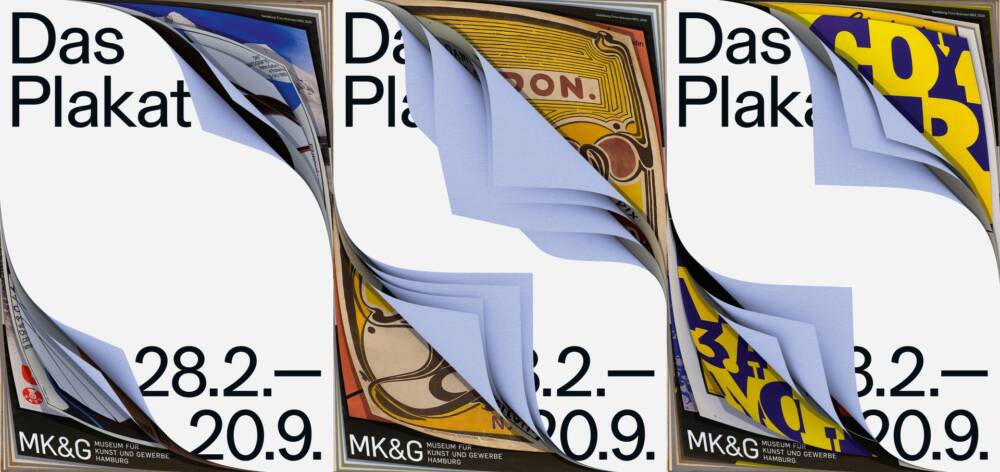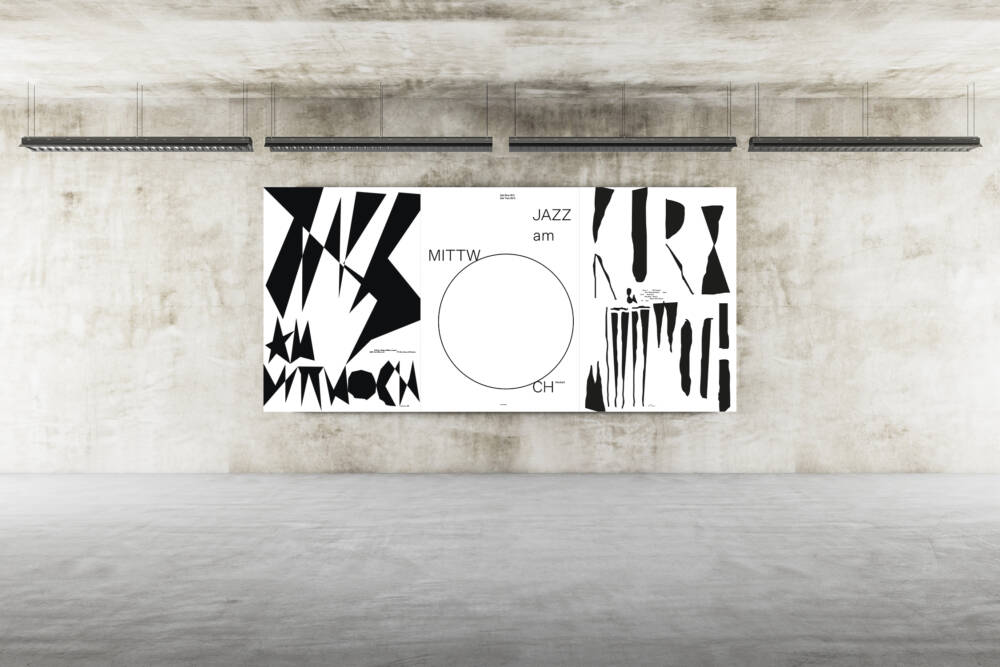Get to know the multitalent – Fons Hickmann
From having studied design, photography and philosophy, founding a design Studio “Fons Hickmann M23”, over to holding lectures and workshops at several universities, to being a professor at Berlin University of the Arts. Fons Hickmann does it all! He is a member of the Art Directors Club and the Type Directors Club New York. His studio focuses on corporate design for cultural events, they work for clients such as the State Opera Munich and the Vienna State Opera House. His books are about communication design or everything that hovers around design and aesthetics. One thing is certain – Fons won’t stop anytime soon. So get to know this multitalent better in the following interview where he talks about his background before launching a studio, important features in a design, and how he developed many visually unique designs.
Fons Hickmann will speak at the Forward Festival Berlin in September. Next to him, you will be able to hear Creatives like Eike König, Anna Ginsburg, Mr. Bingo and many more.
Tell us a bit more about your background before launching a studio. How have you met at one point and what has changed over the years?
My first experience with typography was back in elementary school, when I was around 10 years old. In my childhood, the so-called poetry albums – today’s Facebook 😉 – were highly fashionable and in great demand. Back then, of course, they were analog, you stuck in a photo, a few stickers with butterflies, unicorns and smileys and wrote a verse, a rhyme or a poem inside, or just your name with lots of hearts around it. You could really make a girl or boy fall in love if you put in a little effort and created a little typographic firework with a lot of finesse and a sharp pencil. I dedicated whole days drawing texts, inventing letters and coloring them. A little bit of it has stuck to this day.
You freely translate your solid vision and aesthetic into work, which therefore gets a very personal touch. Is that a part of your success recipe?
Oh, do I? Lovely, that you say that, thank you very much.

What are the most important features in design as a high-quality communication tool?
This is such a difficult question, that I can’t think of an answer right away. The question feels like I should be a ballet dancer competing in a heavyweight championship. I am gonna dodge that question and tell you something that counts in all the arts: Passion.
One of your most recent strikes was the design for The Einstein Foundation Award 2021. When working for a worthwhile commission like this, how do you start the process?
I worked together with Axel Kufus, an industrial designer and we quickly realized that the dialogue we had was very precious for the final product. Even when you have different views and it is a bit difficult to come to a conclusion it is always enriching. It’s exactly this dialogue with people who are passionate about big and small things in life, that brings new ideas into my world.
Inspiration is such a delicate, elusive substance. Being creative and working non-stop sometimes turns out into a repetitive routine or a burnout. How do you normally cope with lack of ideas or motivation?
Once the process is started, it works almost by itself. It is critical that, no matter what happens you do not stop to believe in your idea! Don’t get distracted by doubts, other ideas or the terror of social media that keeps telling you how to do better or how to be even more efficient, even more successful. That is all irrelevant, relevant is just your idea and that you believe in it.

What role does the will play in your work?
It is everything.
You have developed several unique visual styles that define your work over the years. Any tips for creatives which could help to reveal their visual language?
Thank you very much! Honestly, it’s also a small miracle for me that my work has been able to set a visual trend and that this doesn’t stop even after 20 years. I’m happy about that and it’s tremendous fun. Maybe one key is that design is like music to me. Music is constantly reinventing itself, like in a cabinet of wonders. There is no bad music, every genre has its specialty, something unique. Music doesn’t judge, sadness and happiness are equally important, loud and quiet are interdependent, the melody gains its poetry through the disharmony. I like the idea of a value-free life, tolerant and equal.
If there was anything you could change about the creative industries, what would it be?
More appreciation would be desirable. Creativity is hard work, most of the time it costs much energy and wears out the substance. Creative people often are self-exploitive while giving their best to put something extra on top. In doing so, they sometimes make the world a little more beautiful, a little richer, and perhaps a little more life-friendly – we should acknowledge and appreciate that.
What’s up next? Do you have any specific creative plans for the future and with whom you would like to collaborate someday?
No worries.

Fons Hickmann will speak at the Forward Festival Berlin in September. Next to her, you will be able to hear Creatives like Wade & Leta, Grilli Type, Anthony Burrill and many more.